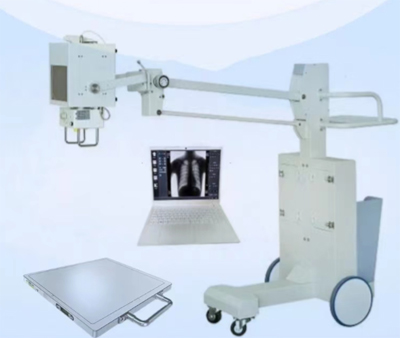In the field of medical radiology, the traditional method of using water-washed film for imaging has been increasingly replaced by the more advanced digital radiography (DR) imaging. This shift has been driven by several key factors that make DR digital imaging a superior choice for diagnostic purposes.
First and foremost, DR digital imaging offers significant advantages in terms of efficiency and speed. With water-washed film, the process of developing and processing the radiographic images is time-consuming and labor-intensive. In contrast, DR digital imaging allows for immediate capture and viewing of the images, eliminating the need for time-consuming film processing. This not only saves valuable time but also allows for immediate analysis and interpretation of the images, leading to quicker diagnosis and treatment.
Another important factor driving the switch to DR digital imaging is the superior image quality it offers. Traditional water-washed film often suffers from issues such as artifacts, poor contrast, and limited dynamic range. In contrast, DR digital imaging produces high-resolution images with excellent contrast and detail, allowing for more accurate and reliable diagnostic interpretation. Additionally, digital images can be easily manipulated and enhanced for better visualization of anatomical structures and abnormalities, further enhancing the diagnostic value of the images.
Furthermore, the transition to DR digital imaging in medical radiology is also a result of the growing trend towards digitalization and integration of medical records and imaging systems. Digital images can be easily stored, archived, and accessed electronically, eliminating the need for physical storage of film-based images and reducing the risk of loss or damage. This also facilitates easy sharing and transmission of images between healthcare providers, ultimately improving the continuity of patient care and collaboration among medical professionals.
In addition to the practical advantages, DR digital imaging also offers significant cost savings in the long run. While the initial investment in digital radiography equipment and technology may be higher than traditional film-based systems, the long-term benefits in terms of reduced film and processing costs, as well as improved workflow efficiency, make DR imaging a more cost-effective solution for medical facilities.
the use of DR digital imaging aligns with the growing emphasis on patient safety and radiation dose reduction in medical imaging. Digital radiography systems typically require lower radiation doses to produce high-quality images, minimizing the potential risk to patients and healthcare providers.
the transition from water-washed film to DR digital imaging in the field of medical radiology represents a significant improvement in terms of diagnostic capability, efficiency, image quality, cost-effectiveness, and patient safety. As technology continues to advance, it is clear that DR digital imaging will continue to play a crucial role in shaping the future of medical imaging and radiology.
Post time: Jan-12-2024


